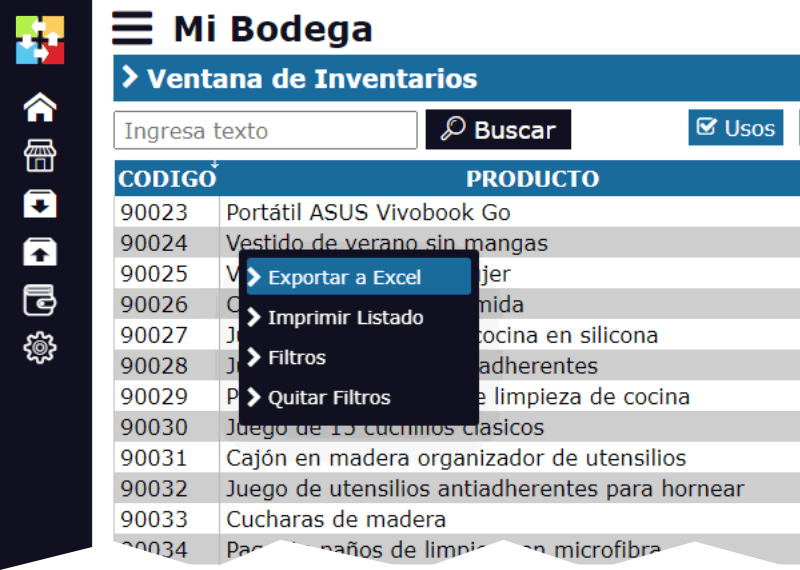Managing Inventories in Markets with Extreme Price Fluctuations (e.g. Commodities).
How to manage inventories in markets with extreme price fluctuations (e.g. commodities)
In commodity markets, extreme price fluctuations can be a significant challenge for companies that rely on these materials to produce their products. Managing inventories in these markets is crucial to minimize risks and maximize opportunities. In this article, we will explore some effective strategies for managing inventories in markets with extreme price fluctuations.

Understanding price fluctuations in commodity markets
Commodities, such as metals, grains, and energy products, are subject to price fluctuations due to factors such as supply and demand, geopolitics, weather, and the global economy. These fluctuations can be extreme and difficult to predict, making inventory management a challenge.
Causes of price fluctuations in commodity markets
- Supply and demand: The supply and demand of commodities can vary due to factors such as production, consumption, and seasonality.
- Geopolitics: Political and economic conflicts in regions that produce commodities can affect the supply and price of these materials.
- Weather: Extreme weather events, such as droughts and hurricanes, can affect the production of commodities and cause price fluctuations.
- Global economy: The global economy can influence the demand for commodities and, therefore, their prices.
Strategies for managing inventories in markets with extreme price fluctuations
To manage inventories in markets with extreme price fluctuations, companies can implement the following strategies:
1. Supply chain diversification
Supply chain diversification can help reduce the risk of price fluctuations. Companies can look for suppliers in different regions and countries to minimize dependence on a single supplier.
2. Long-term contracts
Long-term contracts can provide stability in the supply chain and reduce the risk of price fluctuations. Companies can negotiate contracts with suppliers to ensure the delivery of commodities at a fixed price for a certain period.
3. Dynamic inventory management
Dynamic inventory management involves adjusting the amount of inventory based on price fluctuations. Companies can use prediction models to anticipate price fluctuations and adjust their inventory accordingly.
4. Use of financial derivatives
Financial derivatives, such as futures and options, can be used to manage the risk of price fluctuations. Companies can buy or sell derivatives to cover their exposure to price fluctuations.
5. Data analysis and prediction
Data analysis and prediction can help companies anticipate price fluctuations and adjust their inventory accordingly. Companies can use data analysis tools and prediction models to identify patterns and trends in commodity prices.
Conclusion
Managing inventories in markets with extreme price fluctuations is a significant challenge for companies that rely on these materials to produce their products. However, by implementing strategies such as supply chain diversification, long-term contracts, dynamic inventory management, the use of financial derivatives, and data analysis and prediction, companies can minimize risks and maximize opportunities in these markets.






